Features and description of the lilac "Banner of Lenin"
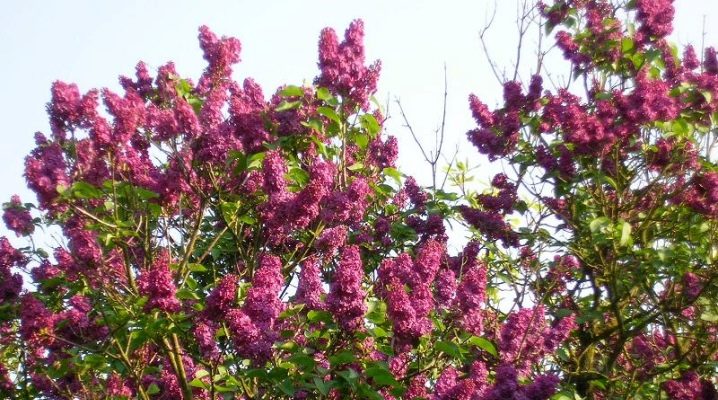
Lilac is very popular because it can offer many varieties that differ in color, aroma, and size of the bushes. The "Banner of Lenin" stands out for its brightness and abundant flowering.
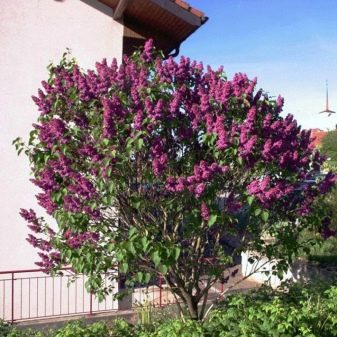
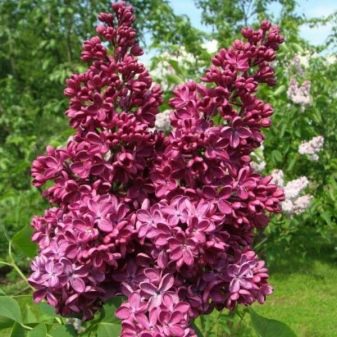
Description
Lilacs of this variety are capable of reaching a height of three meters. The dense crown consists not only of large inflorescences, but also dense dark green foliage.
The hue of flowers can be either magenta red or mauve. The petals on the flowers are slightly raised, and in general the inflorescence is wide-pyramidal.
The period of abundant flowering begins in late May in the southern regions and early June in the middle lane. With age, the bush becomes quite wide, a spreading crown is formed, very dense and dense. When the flowering period ends, the leaves lose their attractiveness, become less bright and soon fall off.
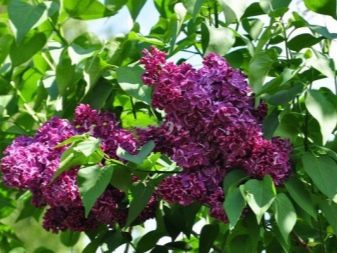
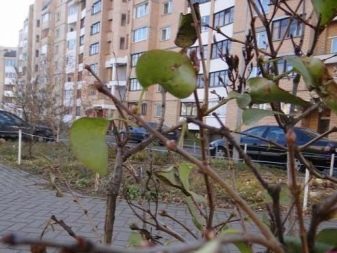
The popularity of lilacs in the middle zone of our country is due to the fact that it is very resistant to frost, therefore it easily withstands them. Often it is planted in the northern regions, since the abundant snow does not affect the subsequent growth and life of the plant. Some experienced gardeners even claim that the variety blooms even better when there is a good frost in the winter.
"Banner of Lenin" will perfectly coexist on the site and with other landscape plantings. She does not try to displace them and does not occupy someone else's space, while she feels great, where there are enough nutrients, but she can also withstand drought with dignity.
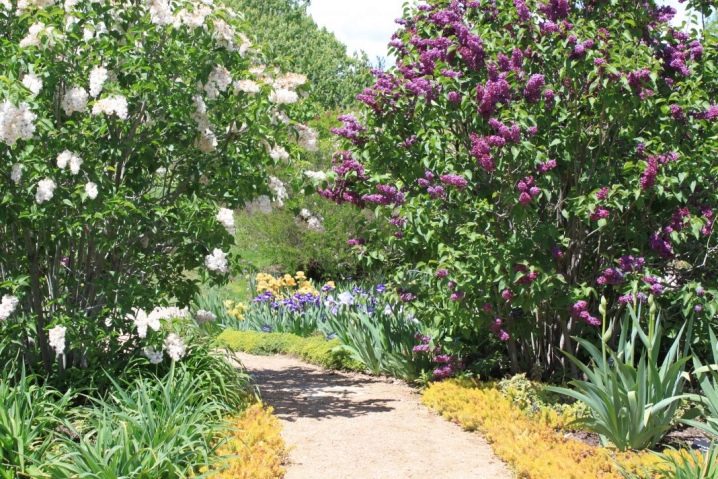
How and when to plant?
In order for the bush to please with annual flowering, the gardener needs to know how and where it is best to plant it, whether it is necessary to treat it against diseases and pests.
Although this plant is not picky about the soil, it is best if the soil has a neutral pH. If there is no choice, then before planting, you can process the soil with lime and repeat the procedure periodically. The soil should be moderately moist, with enough humus, but the groundwater should not be close to the surface.
The best place to plant is when the sun shines on the tree in the first half of the day and shade in the second half. It is advisable to protect the plant from the wind, which can slow down the growth of lilacs.
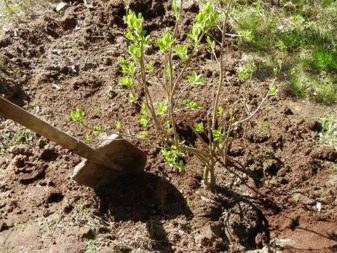
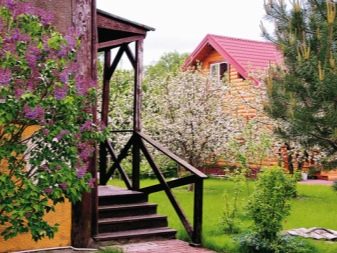
When the land is ready to plant, the gardener needs to decide when to plant the plant so that it takes root well. Experts say that it is best to do this at the end of summer (the last days of August). However, this period is ideal for middle latitudes; when the climatic zone changes, the date can move forward or backward by a week and a half.
The gardener is required to give the plant so much time so that it can take root and take root in a new place before the first frost. You can look at the bush: when there are no leaves on it, it means that all the permissible terms for planting have already passed.
If you have to transplant the bush after the specified time, then it will need to be protected from frost. The best remedy is mulching. The trunk circle is covered with earth and old leaves; sawdust can be used. As soon as warming occurs, the embankment is removed.

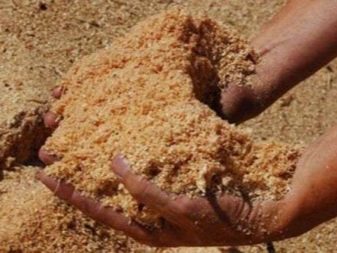
When planting an ordinary lilac "Banner of Lenin", small depressions in the ground are often used. The main requirement is that the root collar is at the level of the soil.
A pit measuring 50 * 50 cm is ideal if the soil is fertile and does not need additional fertilization. Before immersing the bush, a nutritious soil mixture, ash or natural fertilizers are placed on the bottom. It is advisable to disembark after sunset.
The easiest way is with seedlings with a closed root system, since such bushes take root more easily, and it is easier to care for them later.
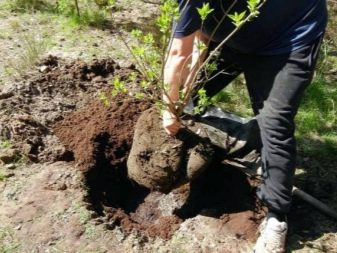
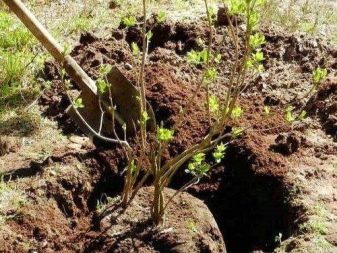
Care
Long-term flowering is possible only if the gardener provides quality lilac care. Even the fact that the plant itself is unpretentious does not mean that it does not require attention. After planting, the shrubs must be watered, and if it is hot in the yard, then it is better to mulch the area around afterwards.
Lilac consumes most of the moisture in the period from May to June, since flowers begin to form on the branches, hence the increased moisture consumption. During the last two weeks of July, watering is either completely eliminated or minimized.
If the gardener used the required amount of fertilizers when planting, then they may be required only after four years.
It is advisable to apply:
- manure;
- bird droppings;
- ash.
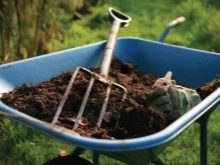

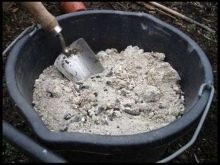
If that's not enough, potash and phosphorus supplements are beneficial. Ammonium nitrate is applied after the first snow.
As for pruning bushes, it is required to carry out it in a timely manner, when the lilac is in a state of hibernation, that is, the process of sap flow is absent. It is necessary to carry out an easy pruning procedure immediately after the bush has faded. If you do not remove dry flowers that do not fall off on their own, then next year the lilac may just stand green and not please a single flower.
Sanitary pruning is carried out at any time, but not for a young bush. In this case, you need to postpone the procedure until spring.
If the plant is many years old, it needs to be rejuvenated - to remove old and diseased branches, but not to remove them all at once, but several in one season.
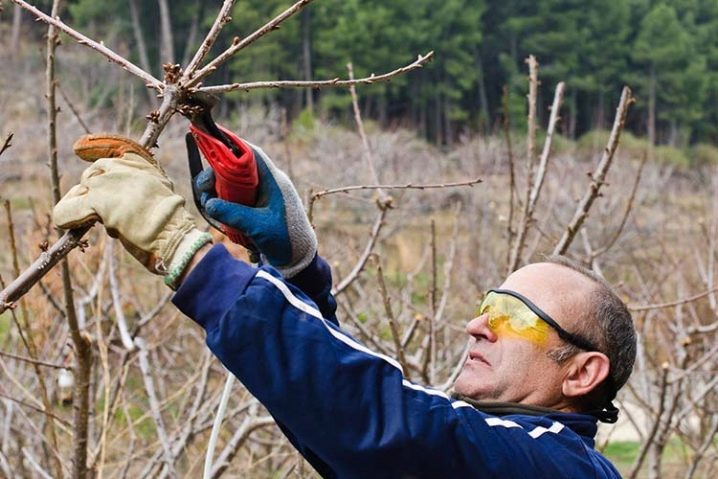
It is worth saying that the "Banner of Lenin" almost does not differ from other varieties, if we consider it from the side of leaving, planting. At the very beginning, the gardener should pay maximum attention to the bush, prepare the soil and choose the right place, then it is only necessary to regularly prune the plant and form its crown. If everything is done correctly, then the lilac will stand out in the area with large and colorful inflorescences, the aroma of which spreads for several meters around.
Review of the "Banner of Lenin" variety in the next video.



































































The comment was sent successfully.